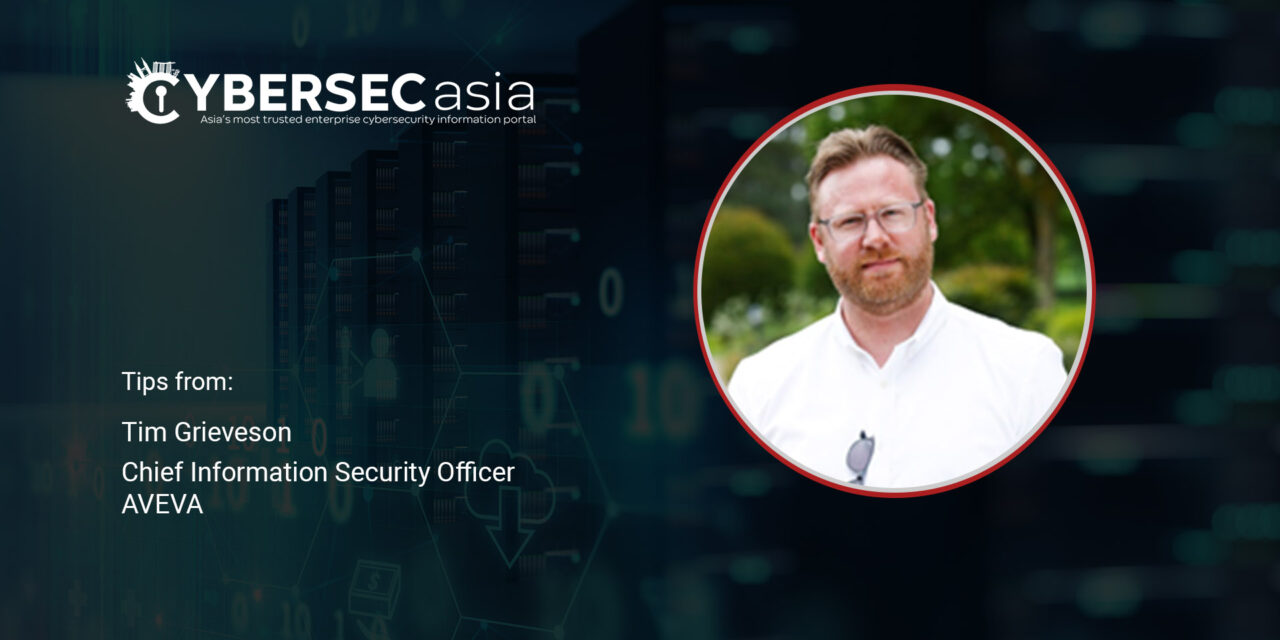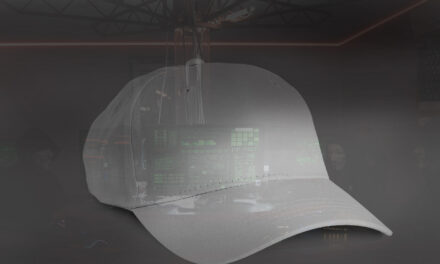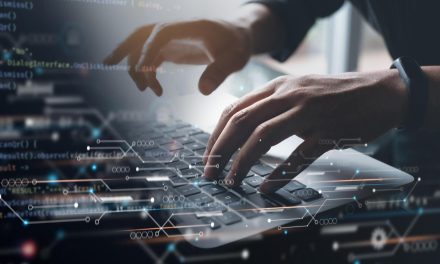As cybercriminals weaponize technology to attack industrial enterprises, a multilayer approach can preempt cyberattacks and safeguard critical assets.
As organizations embrace digitalization, inadequate security protection can expose their systems to malicious actors. Criminals today use a wide variety of methods, from commonly used techniques such as phishing and computerized password hacking to more sophisticated operations such as watering hole attacks that deliver malware to visitors.
Increasingly, the same innovative technology that is being used to deliver innovative solutions for common benefit is being deployed in destructive ways to inflict catastrophic damage to infrastructure, business systems, and ultimately, the citizenry.
AI is just such an example of dual-use expertise. While the technology has already improved business operations in several ways, AI is already being weaponized for illicit gain. For example, attackers may seek control of the data sets that train the AI, for example, by subtly altering parameters or modifying scenarios to avoid detection of underlying data exploits.
Similarly, pattern recognition can be used to identify access points for injectables for remote execution at a later date, or even to improve social engineering by targeting workers at their most vulnerable moments. A simple mention on a social media platform about grid maintenance could alert cybercriminals to a potential weakness.
Two sides of the same coin
At the same time, AI can also be deployed for protection. The best line of defense is often to retaliate in kind. AI is already being adopted in network monitoring and data analytics, where it is used to determine a baseline of normal behavior and identify inconsistencies of different kinds, such as unusual traffic patterns or anomalous server access.
As the algorithm learns and progresses, predictive analytics can be deployed to flag up such intrusions early on, while deploying defensive responses and raising supervisory alarms.
As technologies such as AI rapidly evolve get integrated into the industrial passage, cybersecurity issues will remain a key area of concern. Security professionals must assume that AI and other technologies can and will be used for criminal benefit.
A significant percentage of those attacks are likely to hit industrial organizations. A comprehensive approach that anticipates and predicts cyberattacks can safeguard organizations from security issues.
Industrial enterprises take note
For industrial organizations on the road to digitalization, cybersecurity concerns can be addressed in three significant ways, through a combination of intelligent design, cloud computing, and machine learning.
- Embed security across software solutions: Cybersecurity must be placed at the forefront of digitalized processes and baked into any solutions being deployed across the enterprise. Industrial software solutions must incorporate security protection across the system design and development processes, from the start through to rigorous testing and validation to eliminate any vulnerabilities and exhaustively address cybersecurity challenges.
- Automated software upgrades: Process interruptions and downtime must be eliminated to maintain operational continuity, particularly as industrial organizations to embrace remote operations. Keeping security infrastructure up-to-date patches critical vulnerabilities and strengthens industrial assets against cybercriminals. Automated upgrades equip industrial IT infrastructure with the latest security capabilities and bypass conventional barriers to software adoption, in the process empowering industries to leverage leading technologies and respond quickly to evolving market demands.
- Deploy AI technology against cyber threats: Smart performance management tools are now available, that can easily combine IT and OT for enhanced cybersecurity protection. By using ML and AI to provide a centralized view of systems across the enterprise, decision-making is streamlined so that even the slightest anomaly is detected early, well before it can escalate into something bigger and more damaging.
As technologies evolve and cybercriminals abuse them for illicit gain, traditional one-off approaches are no longer sufficient to protect organizations. Instead, businesses must take a systematic, multilayer approach that anticipates cyberattacks and protects data and other critical assets before they are exploited.

















